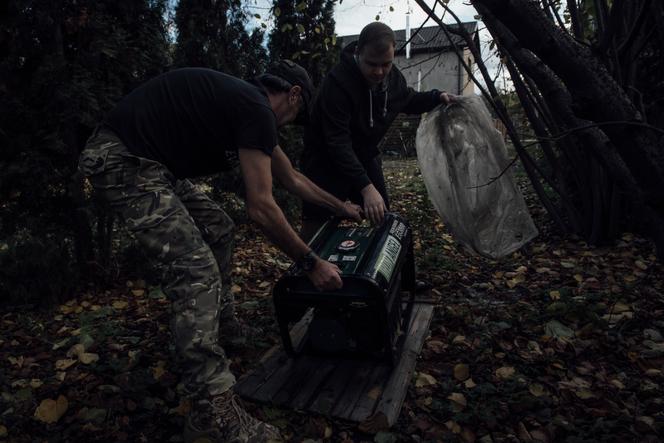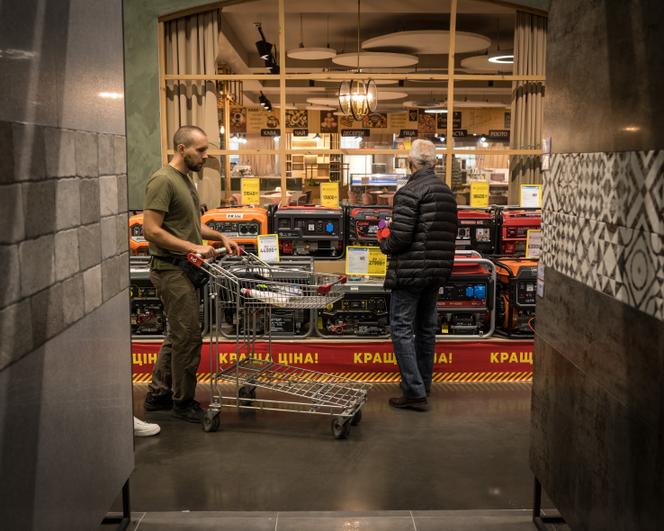


As winter gradually sets in, Ukrainian authorities are expecting Russia to strike again at the country's energy infrastructure to paralyze the country. Several night attacks have already caused power cuts since mid-September. But so far, relatively few Russian missiles have targeted power plants and heating systems, compared with the winter of 2022-2023. Kyiv fears that Moscow is waiting for sub-zero temperatures while preparing stockpiles, in order to strike these sites massively. "As winter approaches, Russian terrorists will try to cause more harm," warned Ukrainian President Volodymyr Zelensky on X (formerly Twitter) after a night of Russian bombing raids on 10 regions of the country on November 3.
The previous year, hundreds of Russian missiles and Shahed kamikaze drones rained down on critical infrastructure. "Nearly 60%" of Ukraine's power generation capacity was damaged, according to Mariia Tsaturian, communications director of the state-owned operator Ukrenergo, and "all major thermal and hydroelectric power plants were attacked." This strike campaign, between October 2022 and March 2023, also caused damage to more than 43% of the entire high-voltage network, according to the company's spokesperson.
In a report on the consequences of the winter of 2022-2023 published in April, the United Nations Development Programme estimated the cost of the destruction caused at "$10 billion" (€9.3 billion), leaving "12 million people" with little or no access to energy.
These widespread strikes traumatized the population, forcing it to adapt overnight to blackouts and power cuts lasting several hours organized by the authorities to relieve pressure on the grid. "Last year was very hard for us because everything happened so suddenly, we weren't prepared," recalled Nina Antoshchenko, the co-manager of an Indian restaurant in downtown Kyiv.
Anna Lebedeva, a mother of two living in a particularly hard-hit neighborhood on the left bank of the Ukrainian capital, recalled how she and her husband had to arrange their lives around only four hours of power a day. During this time they had to cook, do the laundry and charge their telephone batteries, and the rest of the time they endured the cold and used candles. The family got through the winter with the help of a couple of friends: "When they had electricity, we went to their house, and vice versa."

Since late summer this year, the Ukrainian authorities began preparing the population for the possibility of another winter under Russian strikes. Energy operators have stepped in to repair damaged infrastructures, with Tsaturian estimating that 90% of the network has been fixed. However, this does not mean that the installations have been restored "to the level they were at before this massive bombing campaign." "This network has been built up over decades," she continued, "and it's impossible to completely restore it in eight months." Kyiv has installed concrete walls around its strategic infrastructure to better protect them.
You have 60% of this article left to read. The rest is for subscribers only.
